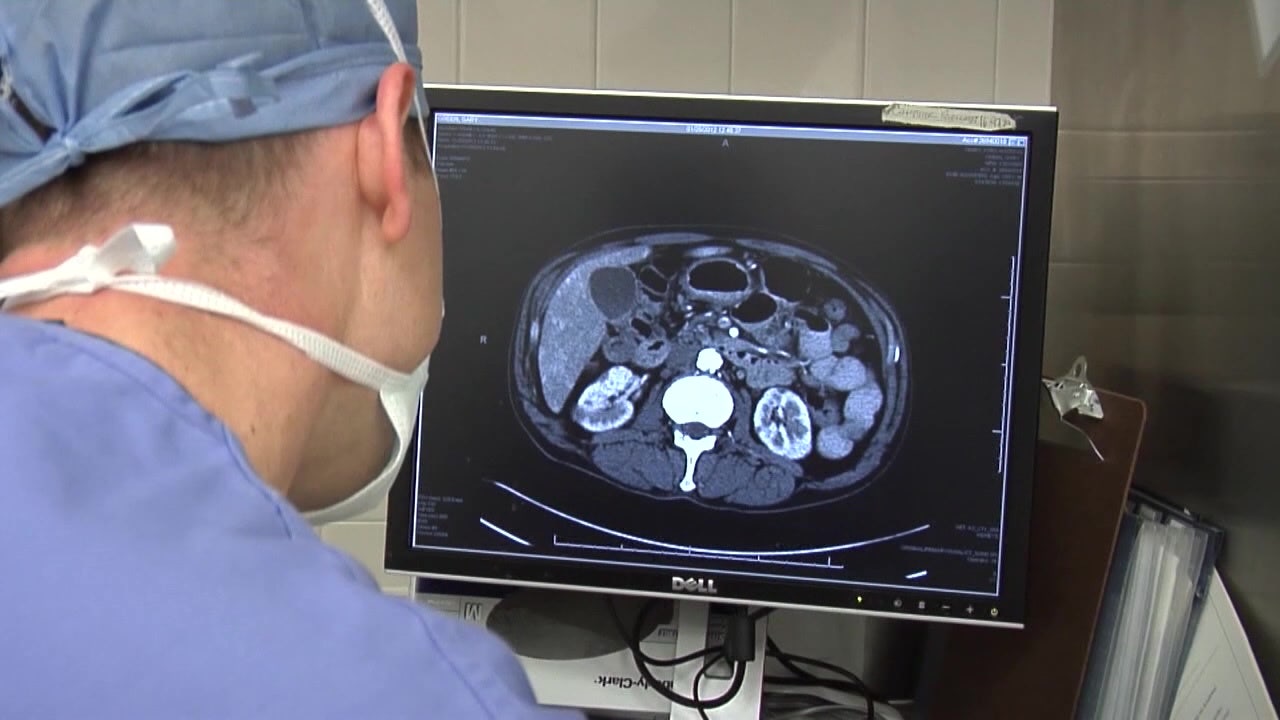Intel's 18A: A High-Stakes Gamble to Reclaim Chip Supremacy

Intel is facing a critical juncture. Years of lagging behind rivals like TSMC and Samsung in chip manufacturing technology have put the company in a precarious position. Now, with its upcoming 18A process, Intel is betting big on a dramatic turnaround. But this isn't just a hopeful upgrade – it’s a high-stakes gamble that could either propel Intel back to the forefront of the semiconductor industry or deepen its struggles.
The Challenge: A Manufacturing Gap
For too long, Intel has been playing catch-up. TSMC, the world's largest contract chipmaker, has consistently pushed the boundaries of process technology, offering leading-edge manufacturing capabilities that Intel simply couldn't match. This has resulted in a significant loss of market share, as companies increasingly rely on TSMC for their most advanced chips. Samsung, another major player, has also been steadily improving its manufacturing prowess.
Intel's internal manufacturing challenges have been well-documented, including delays and yield issues with previous process nodes. These setbacks have eroded investor confidence and raised serious questions about the company's ability to compete effectively.
Enter 18A: Intel's Bold Solution
The 18A process represents Intel's latest attempt to close this gap. The '18' refers to the target transistor pitch in Angstroms, a measure of the distance between transistors on a chip. A smaller pitch generally translates to more transistors packed into the same area, leading to improved performance and efficiency. Intel claims that 18A will offer significant performance and power advantages over competing processes from TSMC and Samsung.
Key to Intel’s approach is the use of a novel gate-all-around (GAA) transistor architecture. GAA transistors offer superior control over the flow of electricity compared to traditional FinFET transistors, enabling higher performance and lower power consumption. Intel has been heavily investing in GAA technology, and 18A is meant to showcase its capabilities.
The Risks are Real
While the potential rewards are substantial, the risks are equally significant. Manufacturing new process nodes is incredibly complex and expensive. Achieving high yields (the percentage of working chips produced) is crucial for profitability, and past experience has shown that Intel has struggled with this aspect.
Furthermore, TSMC and Samsung aren’t standing still. They are also aggressively developing their own advanced processes, creating a fiercely competitive landscape. Intel needs to deliver on its promises with 18A quickly and reliably to regain its footing.
More Than Just Technology: A Strategic Shift
The success of 18A is about more than just chip technology. It’s a critical test of Intel’s broader strategy under CEO Pat Gelsinger, who has vowed to restore the company's manufacturing leadership. Intel is not only focusing on its own chip designs but also aiming to become a major foundry player, manufacturing chips for other companies. A successful 18A rollout would be a major boost to this ambition, attracting customers and demonstrating Intel's commitment to advanced manufacturing.
Looking Ahead
Intel’s 18A process is slated to be available later this year, with initial customer tape-ins (the point at which chip designs are finalized and sent to the foundry for manufacturing) already underway. The coming months will be crucial in determining whether Intel can truly deliver on its promise and reclaim its position as a leader in the semiconductor industry. The stakes are incredibly high, and the world will be watching closely.






